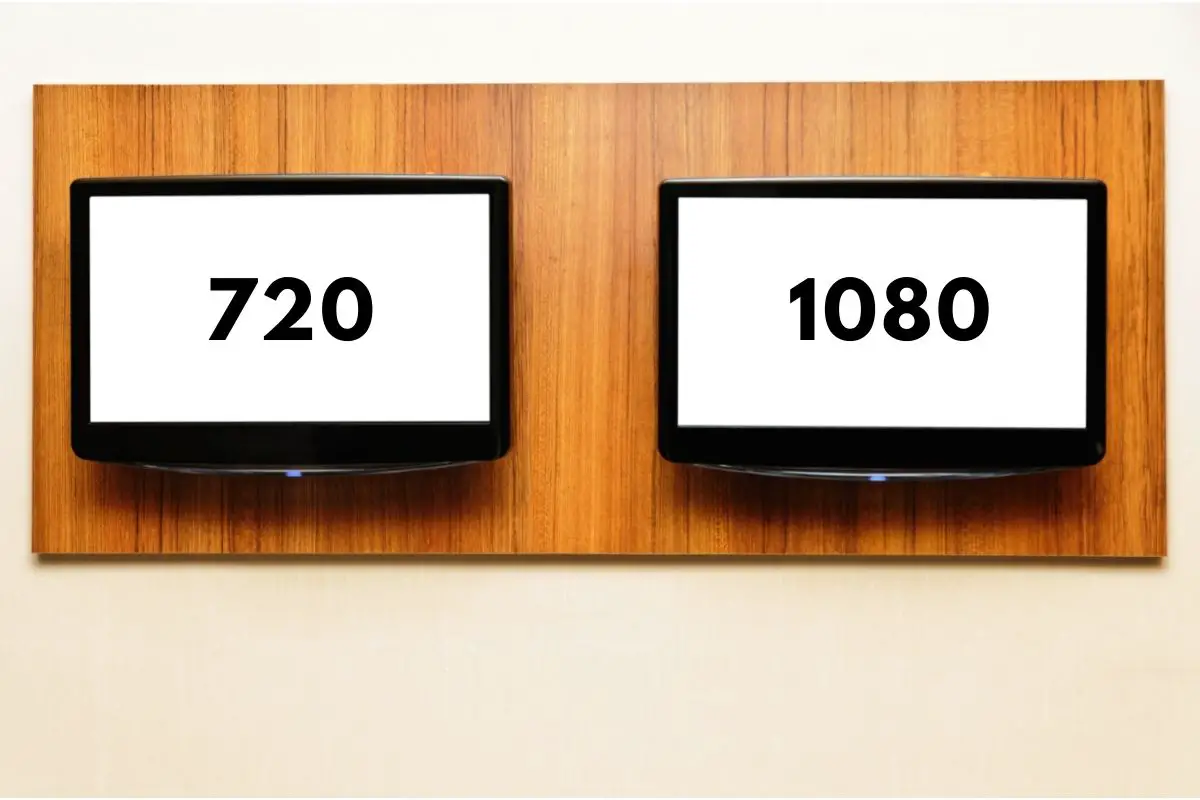With the constant improvement of the internet and the rise of streaming services, it’s never been easier to enjoy media at home – whether it’s film, television, music, or even video games.
We’re spoilt for choice with what we can settle down to watch and listen to every evening, with millions of pieces of entertainment easily available at the touch of a button.
But with all those options, don’t you want to enjoy it as best as you possibly can? Don’t you want your film feeling as big as possible? Or your television as loud as it goes? Perhaps, you even want to put your favorite music on.
This is why so many families have started to kit their homes out with advanced multi-channel home theater systems, bringing the sense and size of a movie theater right to their living room.
But what should you buy? How do they all work? Well, we’ve got all the information you could need about how the different set-ups work.
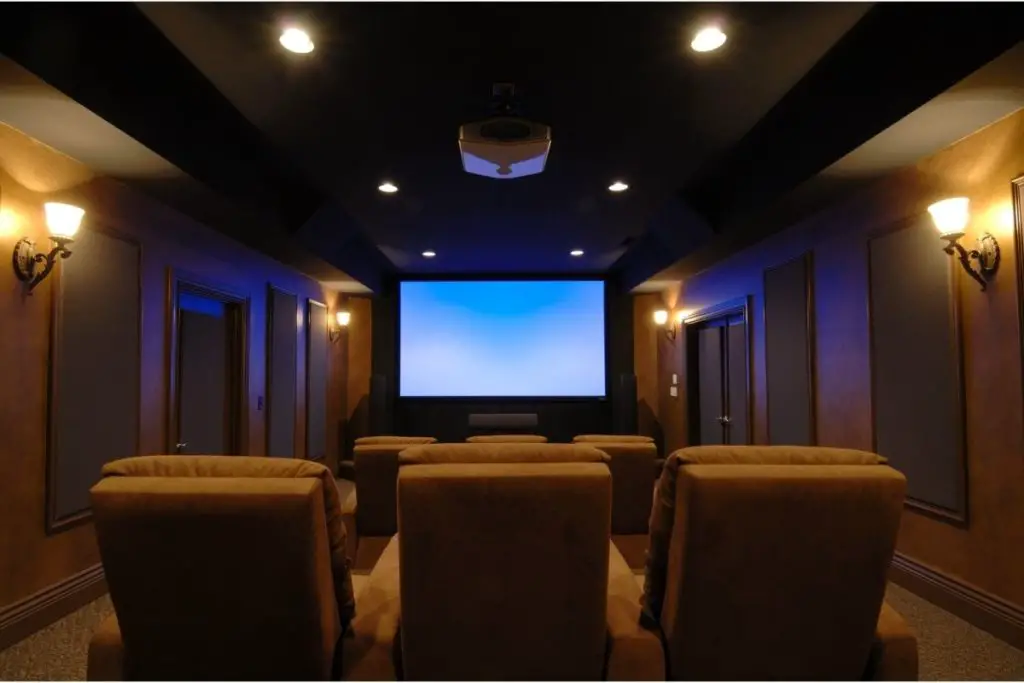
What Does A Multi-Channel Home Theater Include?
The multi-channel home theater involves lots of different parts, which are all necessary to make sure that you get the best sound possible.
Source
As you may have guessed, this is where your audio is going to be originating from. This can be a TV screen itself, or even a DVD or Blu-Ray player.
You can even attach a record player turntable to your home theater system! However, regardless of which source you’re going to end up using, you need to make sure that it matches the output range of your system.
This could be something like 5.1 or 7.1, and we’ll be going into all those different types in a bit.
Speakers
These are going to be the lifeblood of your sound system. After all, if you don’t have speakers, what’s the sound going to come out of! A typical home theater should at least have five, but you can always add more.
The speakers also vary in where they should be positioned around your home theater room. You want to have center and surround speakers, as well as ones for the left and right.
The idea is to surround yourself with the audio, placing you right in it. If you’re watching an action film, for example, you should feel right in the heat of the explosions.
For added kick, you can have a bass subwoofer speaker. These specifically deliver the lower frequencies, 20-200 Hz, which your normal surround speakers aren’t going to be able to register.
With one of these speakers added to your mix, you can have all the bass-like, low sounds – adding real depth and range to your overall audio soundscape.
A/V Receiver
This stands for Audio/Video receiver and is a crucial part of your system. Basically, it receives all the audio and video signals from whatever your sources are and processes them.
It provides power amplifiers to drive the loudspeakers, amplifying (making bigger) small audio signals and making them a level that is going to be properly picked up by speakers or headphones.
Then, at the same time, it will route the video to your chosen place too – like a television or a projector.
If you’ve got a home theater that’s on the larger side, you’ll need a better A/V receiver in order to meet all those different outputs and numbers of speakers.
Multi-Channel Home Theater – What Are The Different Types?
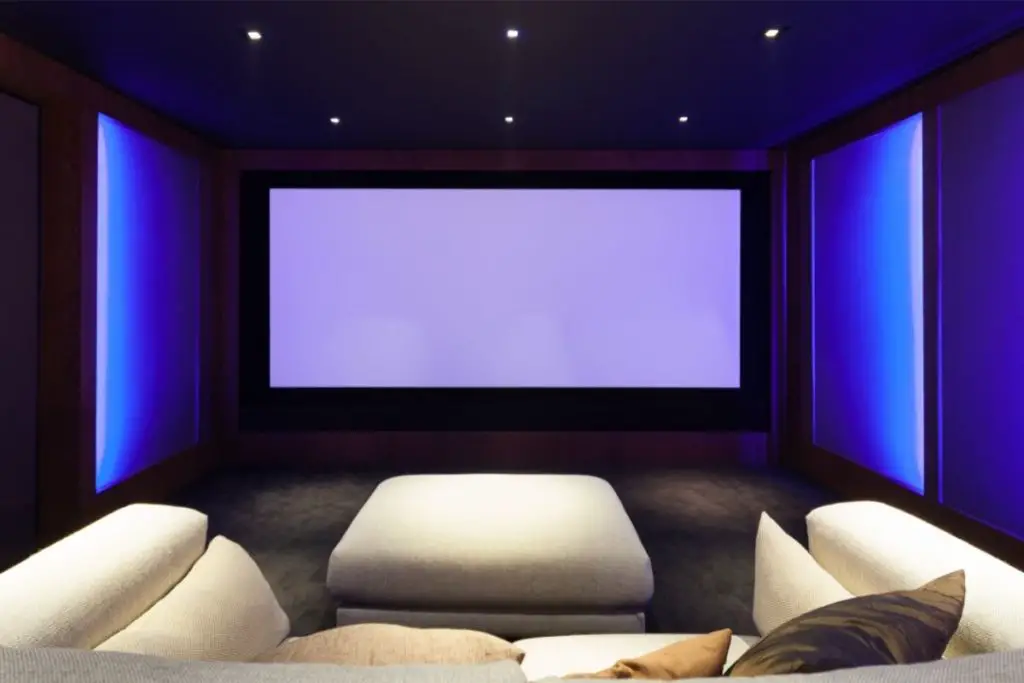
Now that you know the different parts that make up a home theater audio system, you’ll want to know the different types of system that you can get.
There are a good few, and each has a number in its name, such as 5.1 or 2.0. But what does it mean? What’s the difference?
Well, the first digit refers to the number of ear level speakers that you have. So, for 5.1, there are five main speakers at ear level. The second digit (the 1) refers to the number of subwoofers in the setup.
So, for 5.1, the amount of subwoofers at play is 1. If you’ve got a system that is 2.0, that’s going to be 2 main ear level speakers, and no subwoofers at all.
The main speakers you have are likely to offer a frequency that ranges from 100 Hz to 22 kHz (a kHz is a kilohertz, which is 1000 Hz). That can go quite high!
To make up for the low frequencies that it can’t reach, the subwoofer steps in – if you have one. If you do, the bass subwoofer is going to offer you additional sounds ranging between 20-200 Hz.
As you can see, the higher end of this can overlap with what some main speakers will offer. But they will never be able to reach the bass depths that the subwoofer also offers!
Now that the more scientific bits are out of the way, let’s look at the different types of multi-channel home theater setup that you can get!
5.1 Channel Surround Sound
Let’s start with a big, popular one – the 5.1 surround sound system! Since we used it in our example earlier, you already know how many speakers it has: 5 main speakers and 1 subwoofer bass speaker.
It is also very versatile, working with Blu-Ray players and games consoles. It’s compatible with pretty much whatever source you’ll throw at it, and the sound will be coming out of your speakers in no time! But where do those speakers go?
Well, they’re evenly positioned around your sofa. A single center speaker goes in front of you, under your screen, and deals with all the voices in whatever you’re watching or listening to.
These could be the vocals of a song or the speech of a film. With these front and center, it’s going to be like someone is speaking directly to you.
Either side of the center one, still at the front, you have a left and right front speaker. This adds to the sense of direction in your audio, making it more varied and realistic, and you’ll want to angle them at about 30 degrees away from the center one.
Near here is probably where you want to position the subwoofer, too. Put it just off to a corner, but keep it up in front, so that the low bass frequencies can reach you without being obscured.
But what about the two remaining speakers? These are going to be put behind you. Listed as SL and SR, these stand for Surround Left and Surround Right speaker, because they are giving you an even greater impression of surrounding audio.
You’ll probably want to have these angled at around 90 degrees away from the direction of your center speaker.
The varied positions of all the speakers, front and rear, give surround sound its name.
From your sofa, you’ll be enjoying audio coming at you from many directions, which helps to fully immerse you in the sound of whatever you’re watching or listening to.
6.1 Channel Surround Sound
As you may have guessed, this is the next step up from the 5.1. The increased first digit tells you that this has 1 more speaker than the previous surround sound type.
In terms of set up, it’s very similar to the 5.1 too. A center speaker goes in the middle at the front, under or above whatever type of screen you’re using. Two extra main speakers go at the left and right, once again, and angle themselves at about 30 degrees away from it.
A small difference, however, can be in the position of the subwoofer bass speaker. Where with the 5.1, you might commonly put it on the outside of one of those left or right speakers, with the 6.1 you might want to move it inside instead.
By putting it between the center speaker and one of the directional speakers, it should balance out the sound more, putting those extra low frequency audio notes much more into the overall action.
The surround sound speakers are still placed just slightly to the rear of your sofa, at around 90-110 degrees from the center speaker.
However, you don’t want these Surround Left and Surround Right speakers too far back. This is because the new additional speaker to the set, which makes it 6.1 rather than 5.1, is a rear speaker and goes directly behind you.
It should be in the center behind your sofa, directly in line with where your front center speaker should be, only now it’s all the way back.
The Surround Back speaker, as it’s known, will give a sort of balance to the rear sound – just like there is with all the front speakers. It surrounds you evenly.
The three rear speakers create a kind of triangle of sound behind you, just as there is a triangle of sound with the front three main speakers.
7.1 Channel Surround Sound
By now, you already know what this is! From the number, 7.1, you can tell how many speakers are going to be in this setup. Say it with me – 7 main speakers and 1 bass subwoofer speaker!
This clearly offers more sound sources than the 5.1 and the 6.1 surround sound systems before it.
Like before, we have a center speaker that’s near to your screen. However, different this time is the position of the bass subwoofer speaker, which also goes by the screen.
For example, you could have a center speaker attached to the wall above the screen, and then the subwoofer on the ground below in front of the screen. That’s certainly best for the subwoofer, whose low frequency sounds should be right at home coming up from the ground.
Similar to previous systems, the front left and right speakers again go either side of your screen at about 30 degrees. Similarly, the surround left and right speakers go either next to or just a little behind your sofa, giving a sense of the audio surrounding you. Again, it should be between 90 to 110 degrees.
The big difference with the 7.1 one is a pair of left and right rear speakers. Where with the 6.1 you had a singular rear speaker in line with the center front speaker and placed right behind where you sit.
Now there are two speakers behind the sofa, positioned at about a 60 degree angle from the center of your room. By having two, rather than one, rear speakers it simply makes the sound even richer and fuller – encircling you even more in your chosen audio.
Better still, 7.1 channels come with THX processing, the highest quality audio specifications that will make your sound even more true to life.
2.0 Stereo System
Let’s take a small step back from this point, and look at the opposite end of the spectrum: smaller, stereo systems. Perhaps you’re on a tighter budget, or perhaps your room is a little smaller than others – or perhaps you just want the simplicity? Well, simple is exactly what these setups are.
If you remember the two left and right front speakers that the previous systems had, the 2.0 stereo system is essentially just those.
You have a front left and a front right speaker that is placed either side of your screen. As you can tell from the “.0” in the name, there is no subwoofer, so the bass frequencies aren’t going to be present.
That being said, there are plenty of reasons to go for this system. It’s cheaper, for a start, as well as much easier to set up than the more complex multi-speaker ones. Additionally, some have wireless connectivity, meaning that you won’t need a receiver to amplify the sound to the speakers.
The stripped-back nature of it means you can even attach your phone to it via Bluetooth connectivity or Wi-Fi, and within seconds you’ve got a better sound than the speaker it already had.
The 2.0 is called stereo, whereas the multi-speaker systems were called surround sound. But what’s the difference? Stereo is situated in front of you, as if you were sitting at a theater and watching a play. Surround sound, on the other hand, is audio from all angles – like many movie theaters, where the noise envelops you.
2.1 Stereo System
As you can guess, this is an improved version of the 2.0 system. But how? Well, it has a subwoofer. Like the previous setup, it has a left front and right front speaker, but also a bass subwoofer for good measure.
You can place it underneath your screen, harnessing all the audio in one localized space. With this added speaker, it’ll allow your system to reach all the lower frequency sounds that the main speakers mostly cannot – anything between 20-200 Hz.
This is a fine system to go for because it’s also incredibly easy to set up. However, with the subwoofer it also has that added depth that the 2.0 didn’t have. So, it’s arguably better to go for the 2.1, because it’s almost as simple to get working, but will give you an even deeper sound.
10.2 Multi-Channel Sound System
This is the big one. Jumping from the small stereo options, right back to the very furthest end of the surround sound spectrum, this is the best that you’re likely to buy. Like the 7.1, this also features THX integration, giving that richer and more real sound.
As you can guess, this features 10 main speakers, as well as an impressive 2 subwoofers. There are many ways you could set it up, but you want a good and even distribution of front and back.
For example, you could have your front center speaker and the left and right ones either side of it. Then, you can have elevated left and right speakers attached to the front walls either side, too.
Plus, for good measure, you can have an extra two left and right ones just a little further to the side. Next comes the subwoofers, which can be placed either side of your sofa to really throw you in the bass. After that, a left and right rear speaker can be added, with a center rear speaker to finish things off.
Now, it sounds like a lot of setup! However, if you can get it done by yourself or professionally, it will be more than worth it. Your home will have been transported into a movie theater – and that’s worth any amount of time and effort!
What Different Multi-Channel Formats Can I Have?
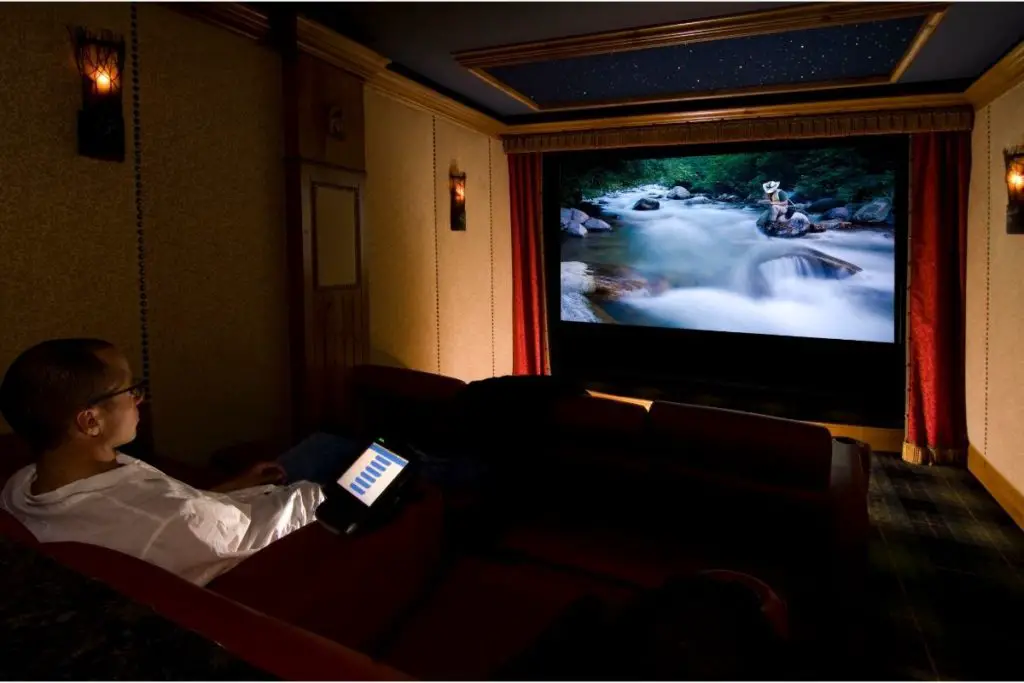
There are also a variety of formats that you can have for your home theater.
Dolby Surround
This came from the very technology that was used for movie theaters, so you know it’s reliable. The format is a digital audio encoding system that provides four channels.
Dolby Digital
Another fine format, this is also known as AC-3 (Audio-Corde-3). This format provides 5.1 surround systems, which we went into earlier – with its 5 main speakers and 1 bass subwoofer.
AC-3 uses lossy audio compression, which basically means that it uses inexact approximations and partial data discarding to represent your content. This is done to reduce the data size when storing or transmitting your audio.
Dolby Digital EX
This is an improvement on the basic Dolby Digital version, which here comes with an additional multi-channel sound unit. It’s compatible with many devices/sources.
The 5.1, 6.1, and 7.1 surround systems all support the Dolby Digital EX.
Dolby ProLogic 11 X
Another format that offers terrific sound, this is great if you’ve got a 5.1 system. That’s because it improves it, expanding it to higher types – like 6.1 and 7.1, or even the 10.2. The very last of those is technically twice the 5.1, so the ProLogic does impressive work in its expansion.
Multi-Channel Home Theater – Which Should I Choose?
Now that you know all about the different types of sound system you can have, as well as their formats, you may be wondering which is going to suit your needs best.
Making a home theater can be a big task, so we’ve broken it down so that it’s a little easier.
Screen
It’s been mentioned throughout this article, but never in any depth: screens are important! Whether you have a large television, or even a home projector, you want to invest in a large, high quality screen.
If you’re going to be putting the money into your audio, you need visuals to match.
However, you must make sure that your screen of choice is going to be compatible with your sound system. Handily, the most modern setups have 4K HRD in them and should link easily to screens like a smart TV.
Space
This is an important one, you need to know that you have the space in your home for a home theater! Find a room that you think will be right and measure the walls – from top to bottom and side to side.
The size of your room is going to affect your choice of sound system. For example, if you pick a 7.1 system, you need to know that you have the room for both your screen and the 8 speakers that the system would come with.
Speakers
Now that you know whether you have the space, you can think about what system you might want to get. This also depends on your budget, too. The more speakers, the more it’s going to cost.
Once you have your eyes on a system, though, check with your seller that your space is going to be a good fit – show them a picture and some measurements, or invite them over to have a look.
Simplicity
If this is your first time, then you’re going to want to get a professional in to set everything up for you. It may cost extra money, but it’s more than worth it.
While they work, though, make sure to watch them. Ask questions! This way, if you need to move it later, or set it up in a different room, then you should have some idea of what you’re doing.
Multi-Channel Home Theater – Pros And Cons
There are a great many advantages to having your own home theater experience, but also a few disadvantages. Look them over, and see if it’s for you!
Pros
- Easy – by bringing the movie theater experience to you, you now don’t have to travel out as much anymore.
- Choice – plus, you now get to choose what’s on at your “movie theater”! You decide the showing times, as well as the media itself. Now your favorite movie can be playing, non stop!
- Versatile – you can not only enjoy movies and television with your new audio system, but you can listen to your favorite music or play some video games.
- Host – become the envy of all your neighbors, as people come to your house for parties and movie nights. Your friends and neighbors will love your set up and want one themselves!
Cons
- Cost – these home theater systems can cost a lot, and not everybody has the money. It is an investment, however, and will be worth the price if you can afford it.
- Installation – installation can be both difficult and time consuming. Plus, if you don’t have the experience, you may have to pay someone else to do it.
- Loudness – the noise from your multi-channel speaker setup could be annoying to the rest of your family, or potentially even your neighbors if the walls are thin enough. Also, you need to be careful to keep it to a level that won’t damage your hearing.
Final Thoughts
And there you have it! Getting a multi-channel home theater setup can be a brilliant addition to your house. Your favorite media related hobbies are all improved by the quality and range of its sound, which is more than worth the reasonably expensive cost.
There are many different types of system that you can buy, as well as formats for them, but you should now have a good idea of what to expect – and what might work best for you.
- How Do I Connect My Samsung Soundbar To Bluetooth? - February 5, 2024
- How To Connect Soundbar To TV With Optical Cable? - February 5, 2024
- How to Choose the Right Audio System for Your Home Theater Setup - April 25, 2023


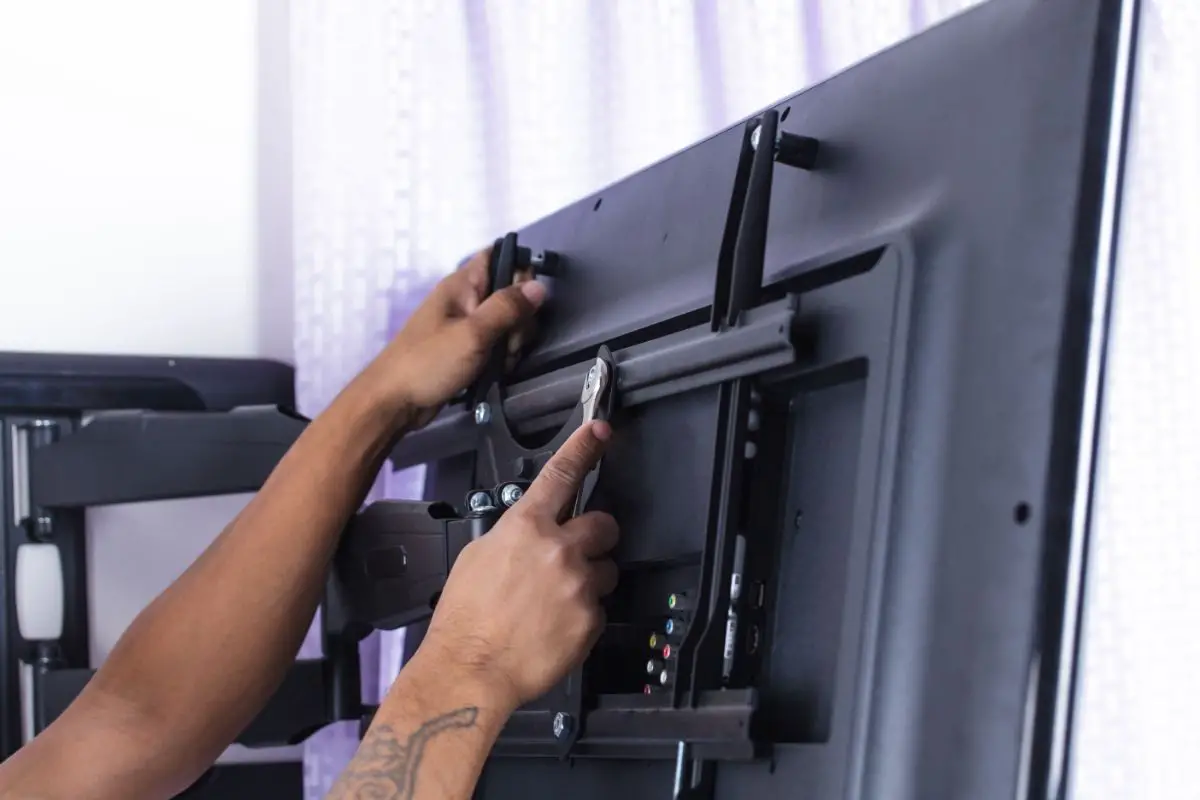
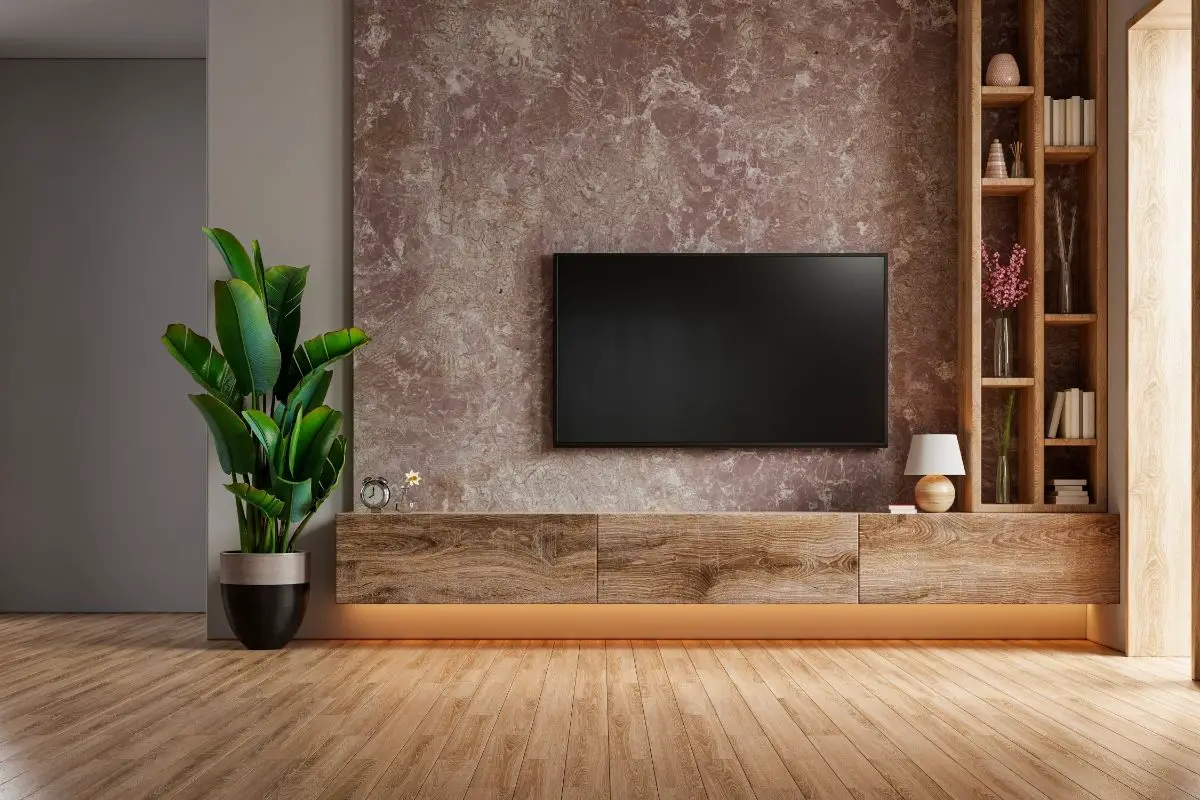
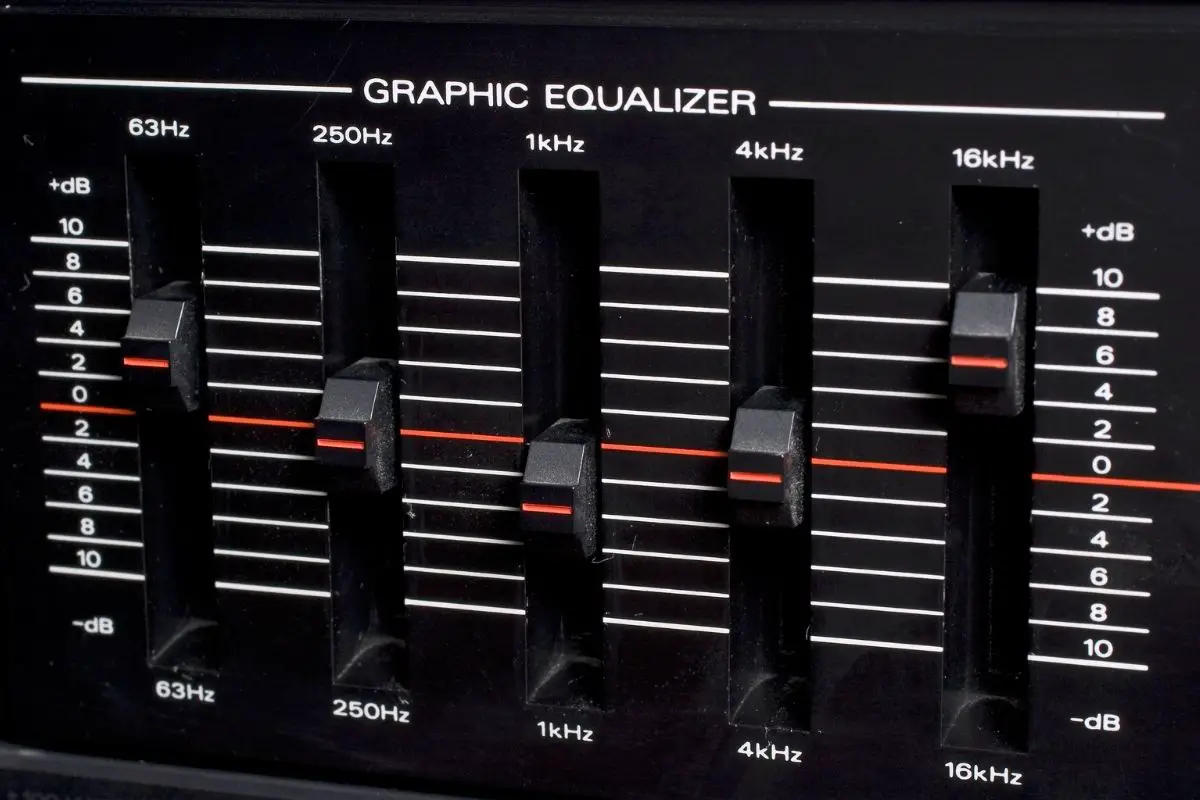

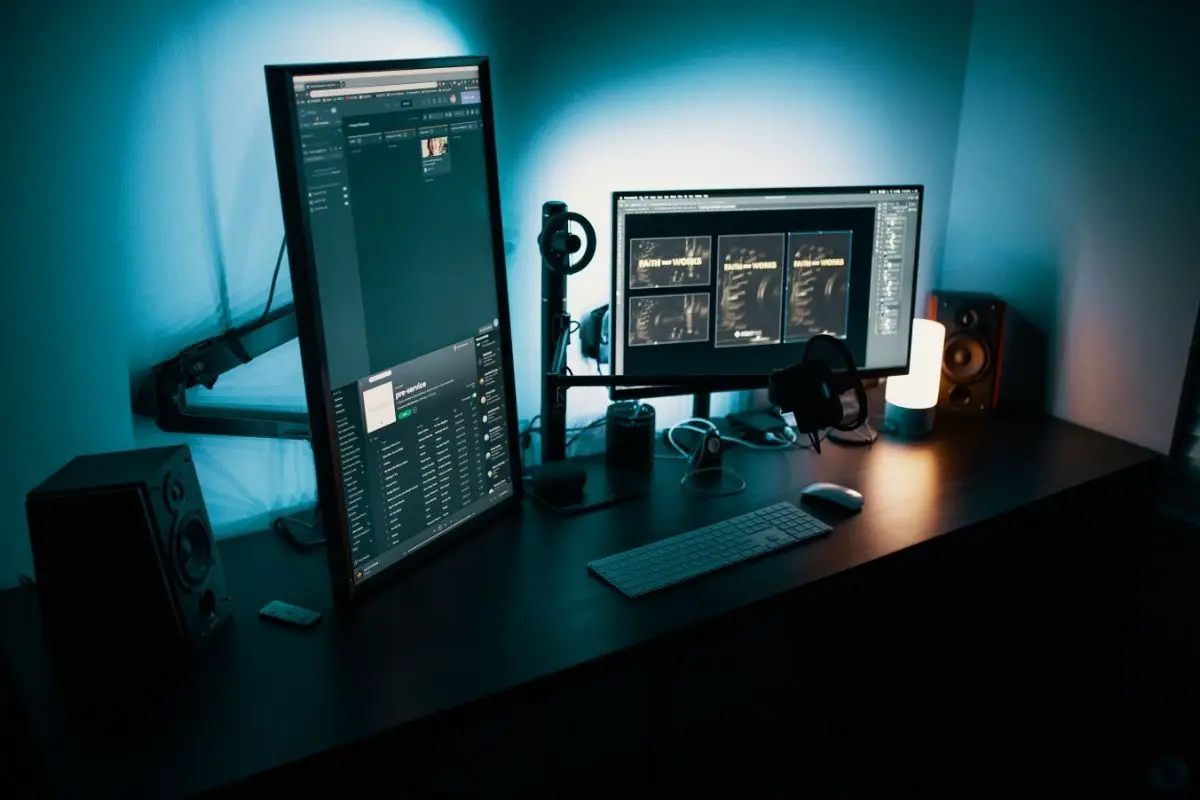
![Best Soundbar For Hisense TV [7 Top Picks] Best Soundbar For Hisense TV](https://www.cinemaequip.com/wp-content/uploads/2022/01/Best-Soundbar-For-Hisense-TV-1-150x150.jpg)
